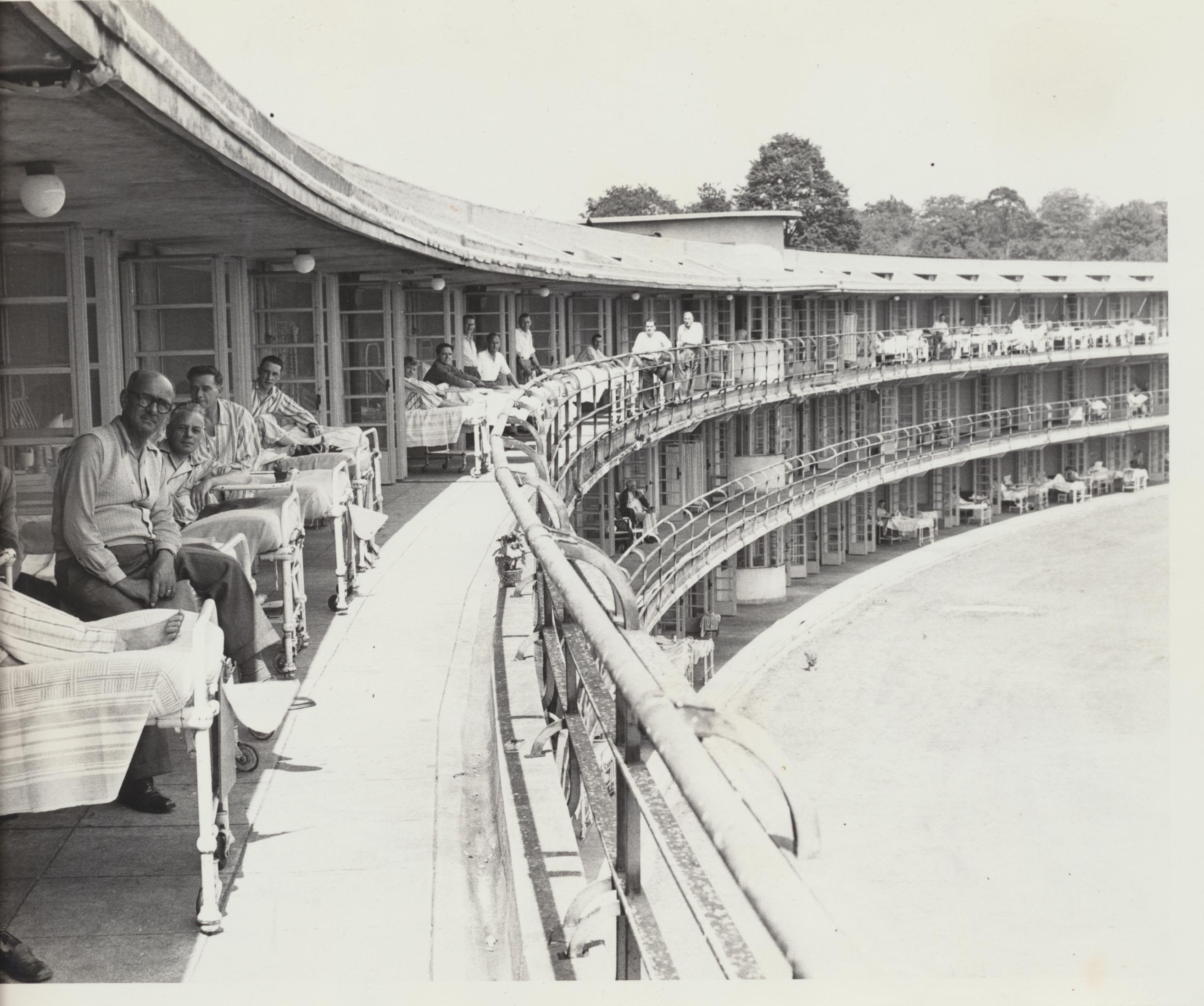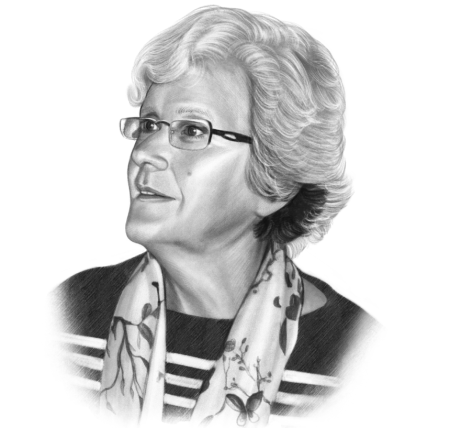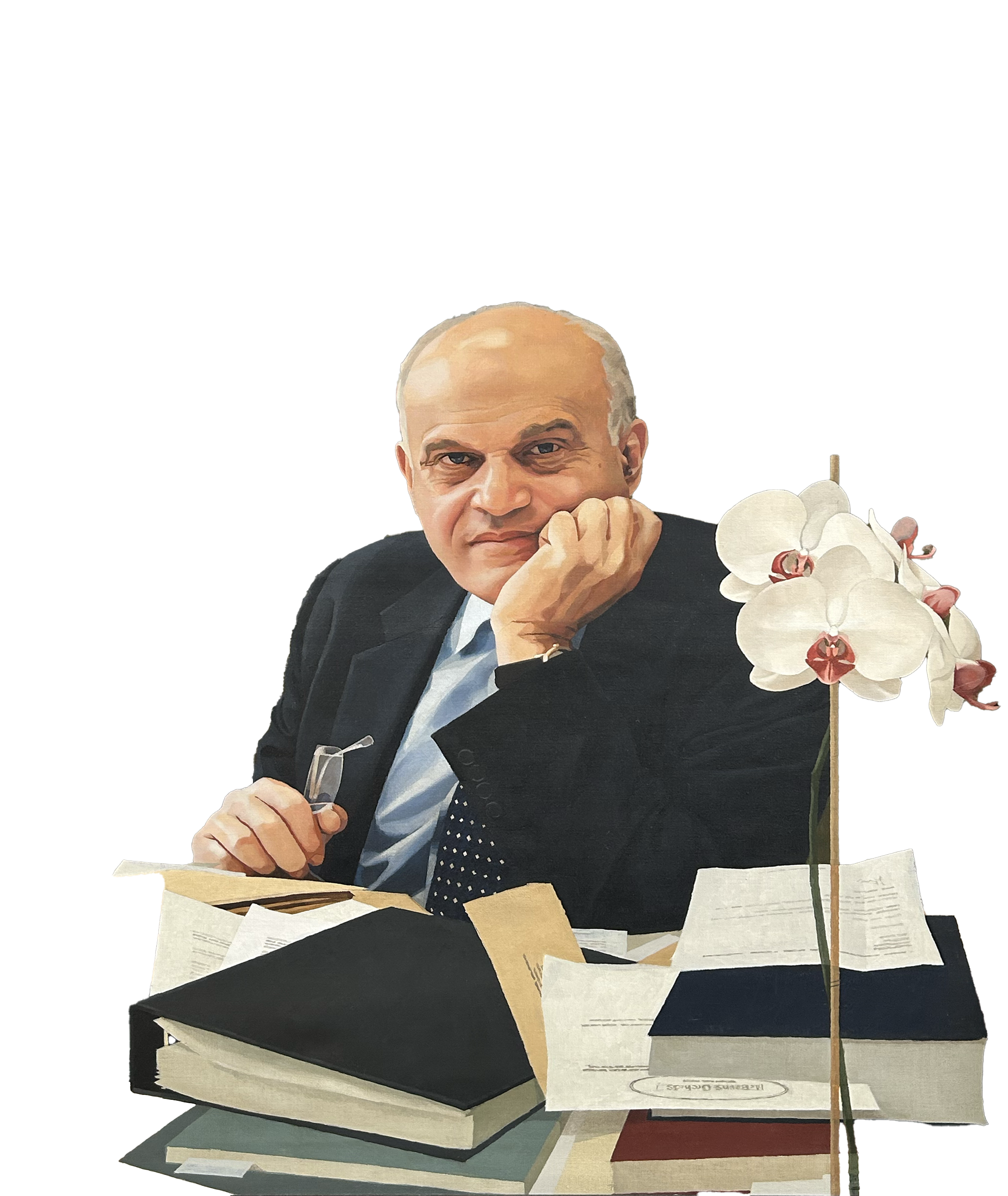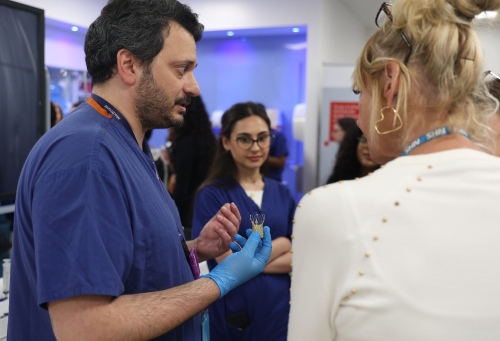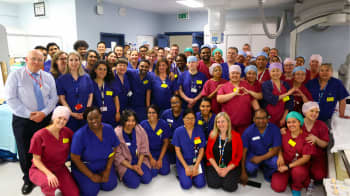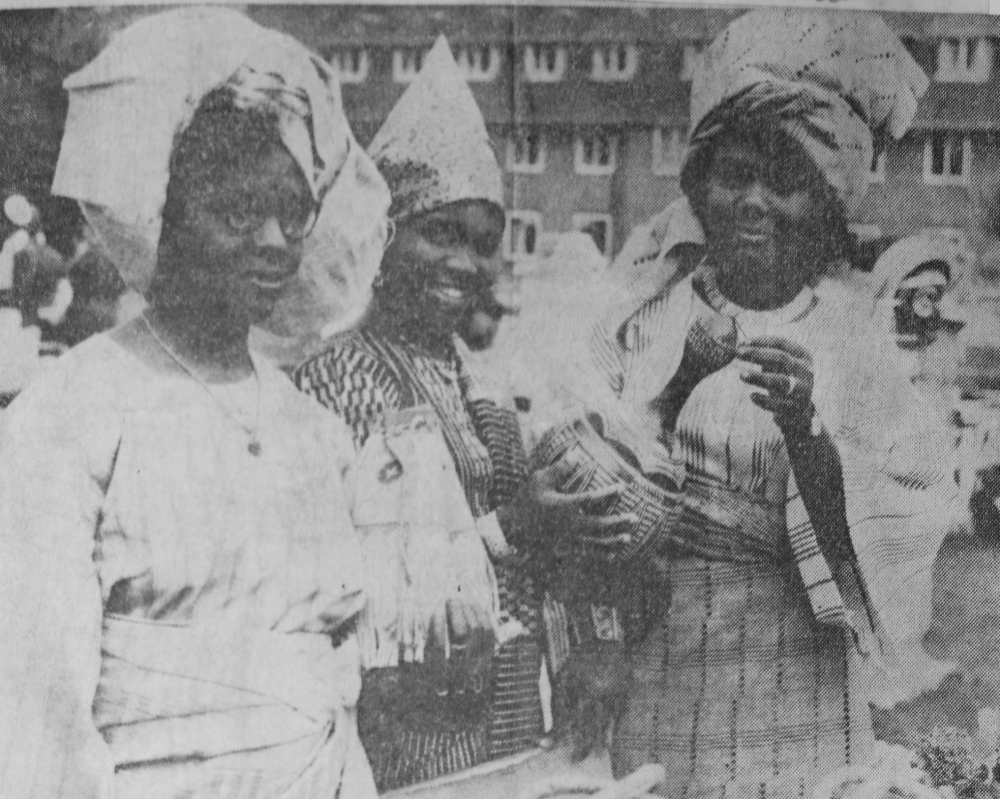Harefield Hospital

In the beginning: family home to war hospital
Harefield Hospital has evolved from a war hospital to a tuberculosis hospital and then to a centre of excellence for transplants and the treatment of heart and lung disease.
The hospital began life in 1915 as series of wooden shacks intended as a temporary convalescent centre during World War One. The land was owned by an Australian family, the Billyard-Leakes, who offered it to the Australian government during the First World War, for the treatment of injured ANZAC (Australian and New Zealand Army Corps) soldiers.
Nurses played a vital role in establishing the auxiliary hospital. Australian matron Ethel Gray arrived in 1915 with 4 other sisters and set up wards for wounded servicemen.
As the war continued and the hospital expanded, taking over more of the estate, some 50,000 soldiers were treated there.
An ambulance outside the 'Australian Hospital' at Harefield during the First World War.
An ambulance outside the 'Australian Hospital' at Harefield during the First World War.
An ANZAC Day service continues to be held at St. Mary’s Church – home to the ANZAC graveyard – every year, attended by hospital staff, community members and representatives of the Australian and New Zealand High Commissions.
After the war: a sanatorium for tuberculosis
When World War One ended, the Billyard-Leakes decided to sell the family estate to Middlesex County Council. The council had been searching for a suitable venue for a sanatorium for the treatment of tuberculosis – a condition which was claiming up to 60,000 lives a year in the early 1900s.
Standing at one of the highest points in Middlesex, the site’s location at Harefield promised abundant fresh air and sunlight for patients, lending itself to the then popular open-air treatment that was used for people with tuberculosis and other infectious respiratory diseases.
Before long, Harefield Sanatorium quickly gained a reputation in the treatment of the disease.
Second World War
During the Second World War, Harefield treated casualties north of the River Thames and, along with St. Mary’s Hospital, broadened its scope to provide both acute and thoracic care.
Pathologist Sir Alexander Fleming, best known for the discovery of penicillin in 1928, worked at Harefield during the war, studying the effects of the antibiotic on a variety of infections, including tuberculosis, which, by the mid-1940s, was effectively being treated with drugs.
Nearly a century later, penicillin is still one of the most commonly used antibiotics to treat bacterial infections.
Patients at Harefield Hospital in the 1930s
Patients at Harefield Hospital in the 1930s
From general hospital to cardiac specialist
Following the introduction of drugs to treat tuberculosis, and the formation of the National Health Service in 1948, Harefield became a general hospital.
It later developed an expertise in the treatment of chest disease and became famous around the world for pioneering surgical techniques, treating diseases of the oesophagus and lungs and, with the advent of heart surgery in 1947, a specialisation in cardiac work.
On 4 December 1947, Sir Thomas Holmes Sellors – the first thoracic surgeon at Harefield – carried out the world’s first direct pulmonary valvotomy (surgical incision of a valve of the heart) on a young man with Fallot’s Tetralogy – a congenital heart condition.
In more recent times, the work of Professor Magdi Yacoub and his team established Harefield as an international centre of excellence, heralding a new era for cardiac surgery.
A new era for cardiac surgery
Professor Magdi Yacoub became renowned for developing a number of groundbreaking procedures for heart and lung transplantation. He was appointed as a cardiothoracic surgeon at Harefield in 1969, when the paediatric cardiac service at the hospital began.
Professor Yacoub and his team captured the attention of the international medical community when they pioneered the use of human heart valves in the late 1960s, moving away from artificial valves, which were found to cause multiple problems.
During this time, the number of cardiac operations at Harefield trebled – around 100 open heart operations on children and babies with heart defects were undertaken every year – and the hospital quickly became the second largest centre in the country.
Europe's first combined heart-lung transplant
On 8 September 1973, Professor Yacoub and his team performed the hospital's first heart transplant. A decade later, in 1983, Professor Yacoub performed Europe's first combined heart and lungs transplant, a feat which would establish Harefield as one of the biggest transplantation centres in the UK.
Pam Baldock was Harefield Hospital's first transplant coordinator, working there from 1973 until she retired in 2003
Pam Baldock was Harefield Hospital's first transplant coordinator, working there from 1973 until she retired in 2003
As the 1970s continued, Harefield operated on more thoracic patients and almost as many cardiac patients as any other centre in the region. Recognised as the regional cardiothoracic centre, the hospital provided care to a third of those in need of it in the London area.
Professor Magdi Yacoub
Professor Magdi Yacoub
Professor Magdi Yacoub
Professor Magdi Yacoub
Professor Magdi Yacoub
Professor Magdi Yacoub
Other famous firsts and innovations at Harefield Hospital
1976 – cardiologist Rosemary Radley-Smith (pictured right) was part of Professor Yacoub’s team as they pioneered the 'arterial switch' operation for anatomical correction for newborns with a complex condition known as 'transposition of the great vessels' - in which the aorta and pulmonary artery leave the wrong side of the heart.
1985 – Professor Yacoub carried out a heart-lung transplant on a 3-year-old, then the world's youngest heart and lung transplant patient.
1987 – Professor Yacoub performed the first 'domino' procedure when a cystic fibrosis patient received a combined heart-lung transplant, while their heart was transplanted into another patient.
1995 – Harefield and the National Heart and Lung Institute of Imperial College London pioneered the development of artificial left ventricular assist devices, which help the heart pump blood.
2004 – Harefield established the UK's first 24/7 primary angioplasty service – a specialist emergency service to treat heart attacks. The service's 'door-to-balloon' time remains one of the fastest in Europe.
2013 – Harefield was the first transplant centre in the UK to adopt the Organ Care System (OCS), also known as 'heart in a box', as its method of storing and transporting donor hearts for transplanation, keeping them viable for 8 to 12 hours.
More recently, in 2022, we carried out the first successful double lung transplant on a patient who developed lung complications from COVID-19.
In 2024, a heart transplant patient who received his new heart at Harefield in 1984, when he was 18, became the then longest surviving heart transplant recipient in the world.
Cardiologist Rosemary Radley-Smith worked closely with Magdi Yacoub to help save babies with congential heart defects
Cardiologist Rosemary Radley-Smith worked closely with Magdi Yacoub to help save babies with congential heart defects
Improving survival rates
In 2004, Harefield became the first in the UK to set up a 24-7 primary angioplasty service at the hospital’s Heart Attack Centre – a specialist emergency service to treat heart attacks that remains the fastest in the country.
In 2023, in another UK first, Harefield partnered with Thames Valley Air Ambulance to provide advanced CPR to patients who don’t respond to standard CPR. These patients are transported by air to Harefield Hospital, which has its own helipad.
Harefield’s 4 ‘cath labs’ carry out thousands of procedures a year to diagnose and treat cardiac conditions, using a thin tube (a ‘cath’ or catheter) to perform minimally invasive procedures.
The hospital regularly opens its doors to the public, offering the local community – including local school pupils, Harefield residents, and former patients – an opportunity to learn about what goes on in the hospital’s world-famous cath labs and theatres.
A member of the cath labs team at a recent open day demonstrates how a stent is used to keep an artery open
A member of the cath labs team at a recent open day demonstrates how a stent is used to keep an artery open
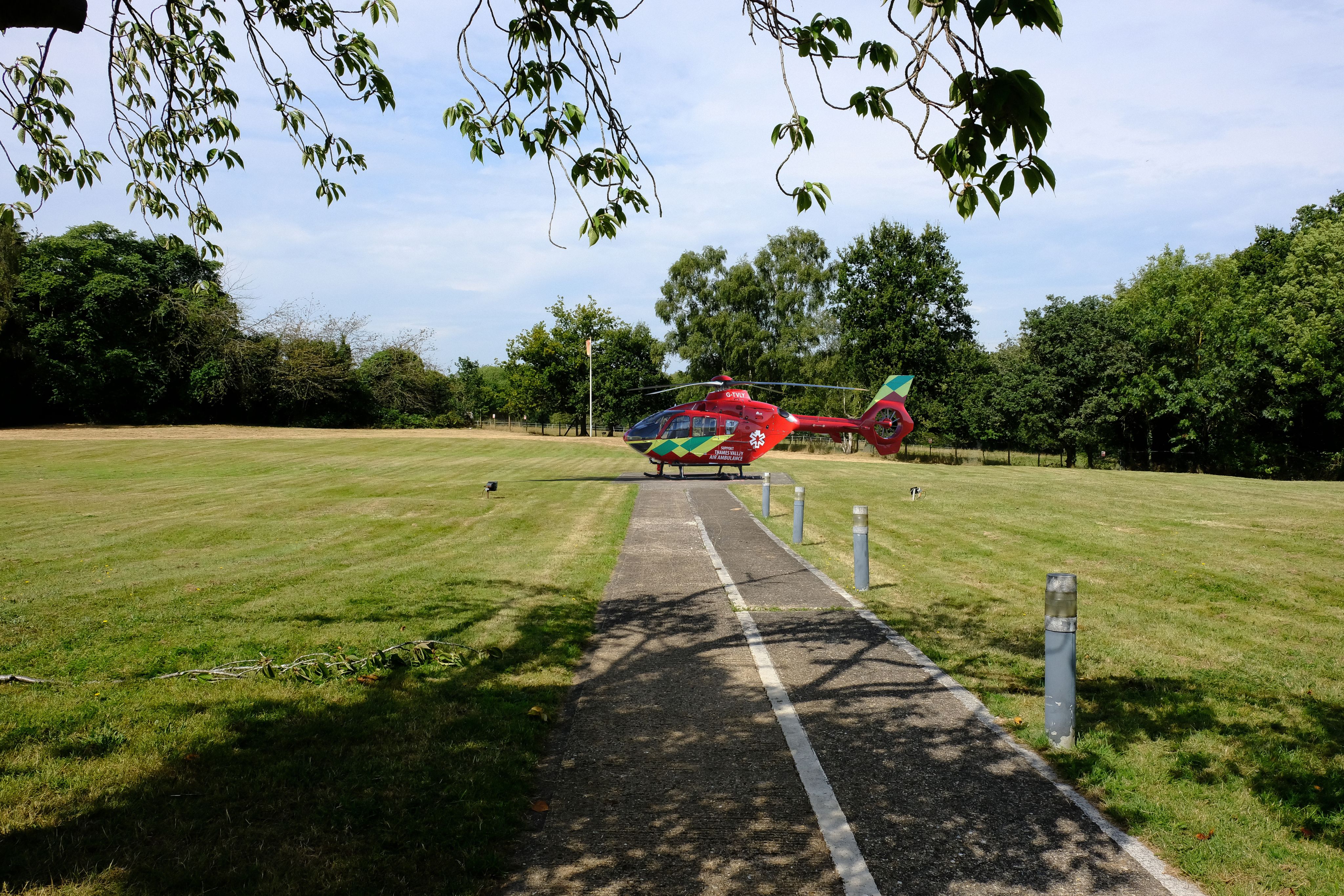
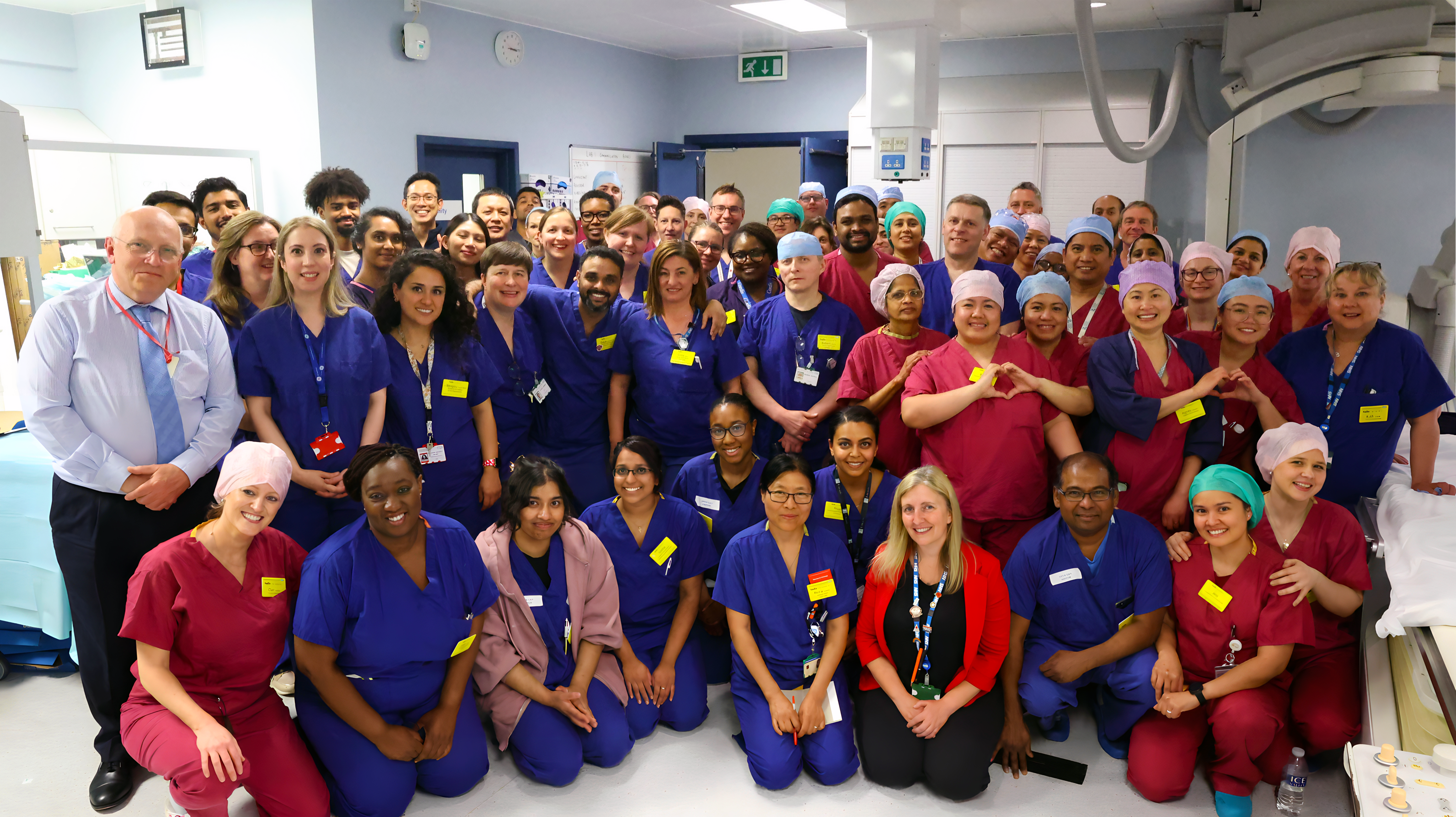

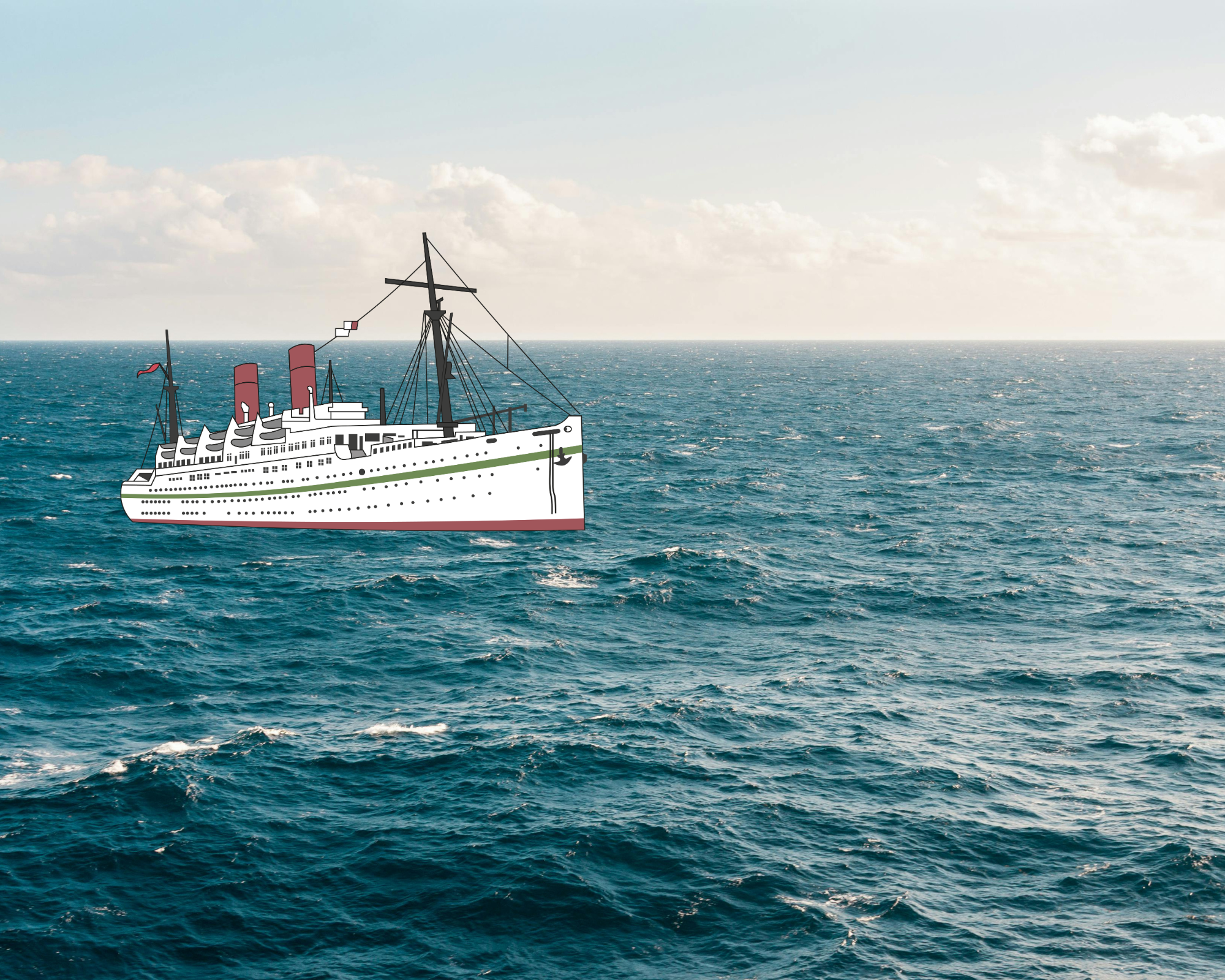
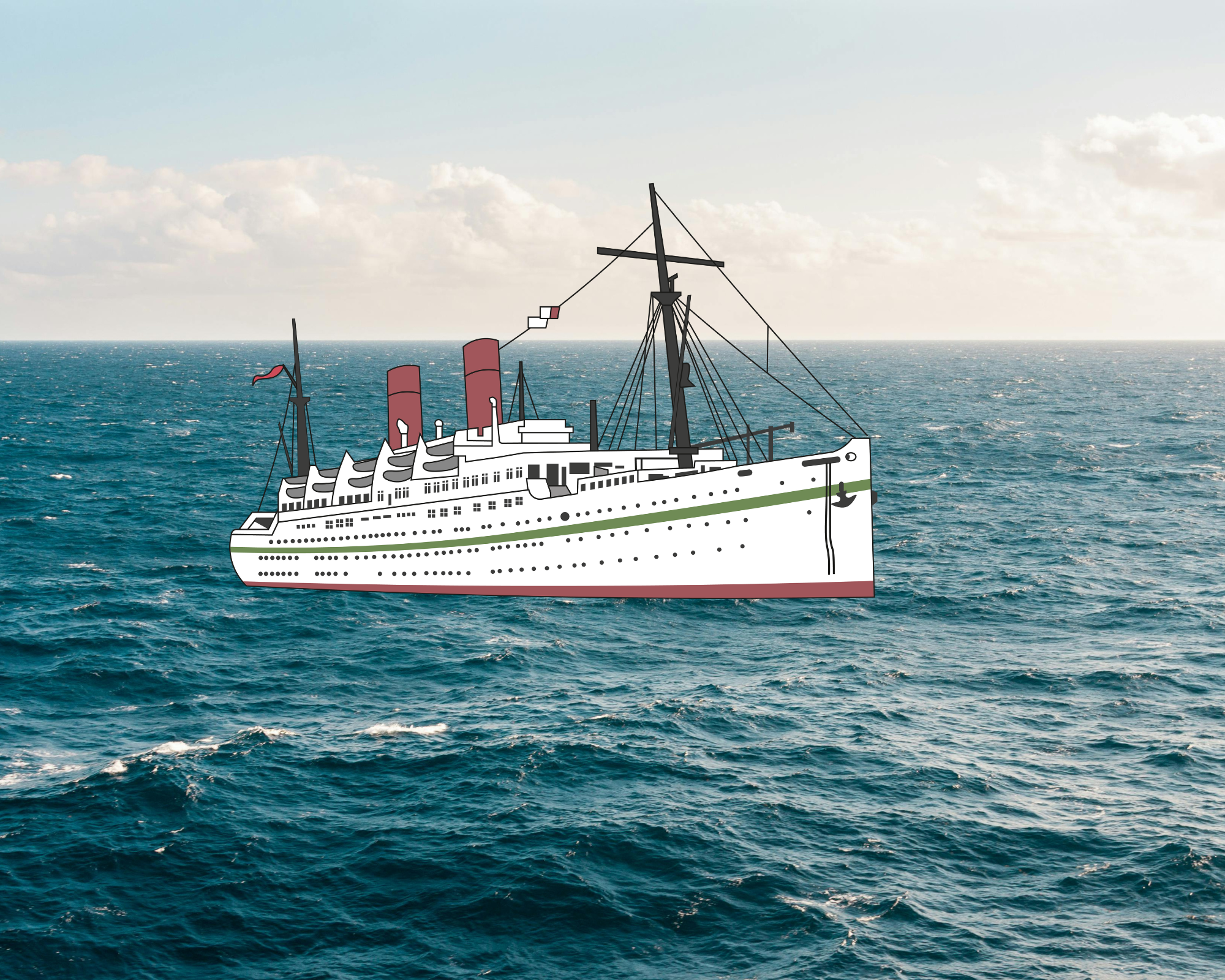
Celebrating diversity
Harefield Hospital's international origins as a hospital for Australian troops has only broadened over the years.
In 1948, the arrival of the Empire Windrush brought 1,000 passengers from the West Indies who came to the UK to fill post-war labour shortages. Many joined the NHS which launched just 2 weeks later.
Nurses Olusanga, Ngoka and Oshodi at the Harefield summer fete in 1966, selling Nigerian leather goods
Nurses Olusanga, Ngoka and Oshodi at the Harefield summer fete in 1966, selling Nigerian leather goods
By 1973, the diversity of our staff was so rich that Harefield Hospital was chosen for a study on patterns of friendship between races.
The hospital was even chosen as a shooting location for the film, The Raging Moon, which tells the story of two people falling in love after becoming wheelchair users.
A promotional poster for 1971 British film, The Raging Moon
A promotional poster for 1971 British film, The Raging Moon
Today our diverse workforce has large communities from the Philippines, India, Nigeria and Portugal.
Our international nurse recruitment programme, which was set up in 2017, now boasts over 300 nurses who have come from different regions across the world to work at our hospitals.
There were Jamaicans here and Antiguans and Ghanians and Trinidadians, Barbadians, English and everybody. I got friendly with these 2Irish nurses and we studied together.
Merger with Royal Brompton Hospital
Harefield Hospital merged with Royal Brompton Hospital in 1998 to form Royal Brompton and Harefield NHS Foundation Trust. The merger led to many advances in treatment by successful cross-site working, such as transplantation for patients with cystic fibrosis.
Merger with Guy's and St Thomas'
In February 2021, Harefield Hospital became part of Guy's and St Thomas' NHS Foundation Trust. Together with Royal Brompton Hospital, St Thomas’ and Evelina London, we now form the largest specialist heart and lung centre in the UK and among the largest in Europe.
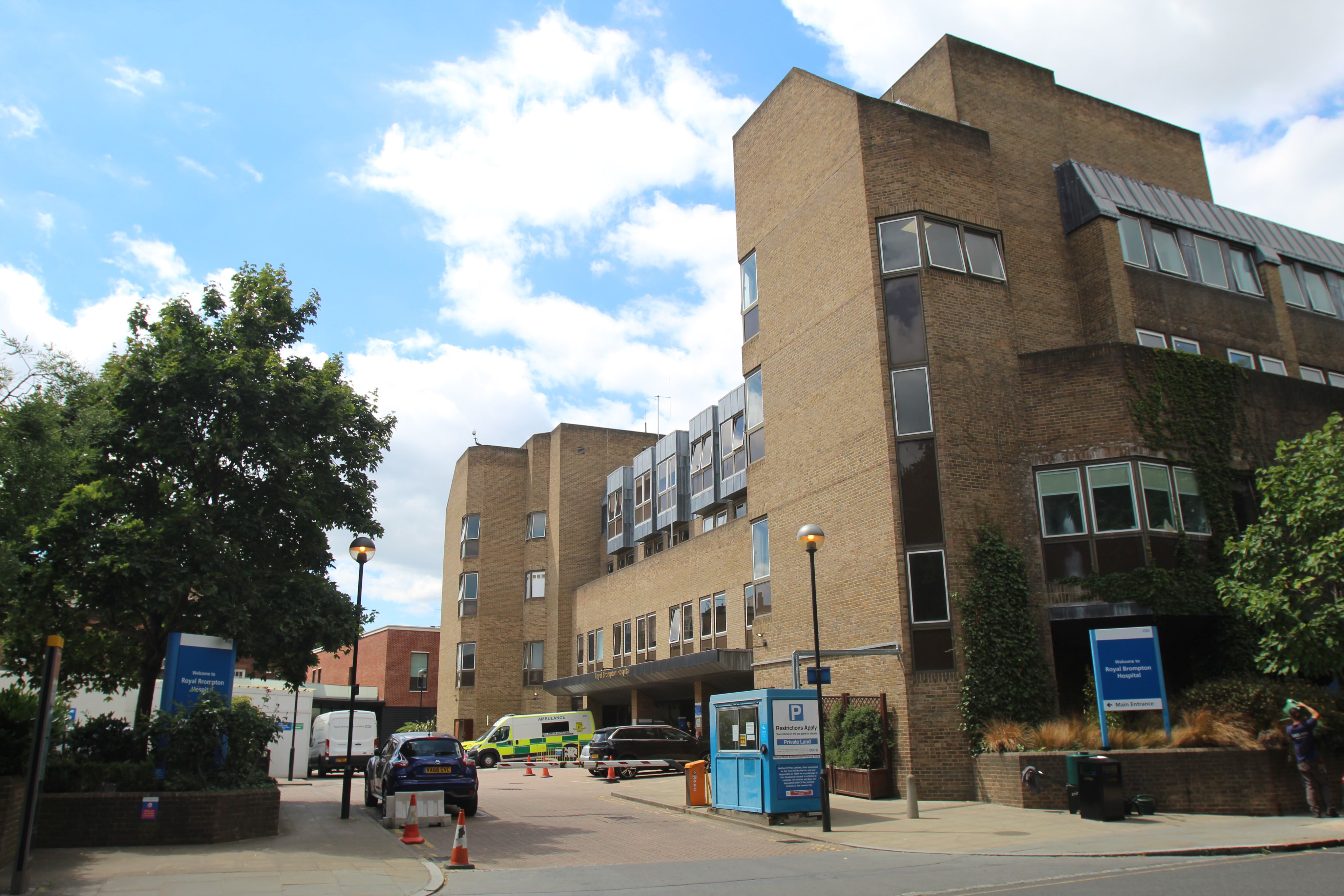
Find out more about our history
If you are visiting Harefield Hospital, you can delve further into our history by taking a look at our new panel installation in the Hungry Hare restaurant. The panels showcase our origins as a hospital, and the pioneers that shaped it into what it is today.
You can also view the panels online.


